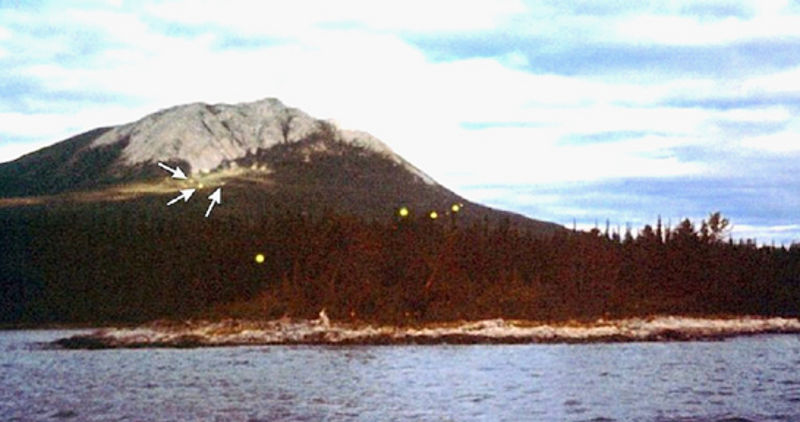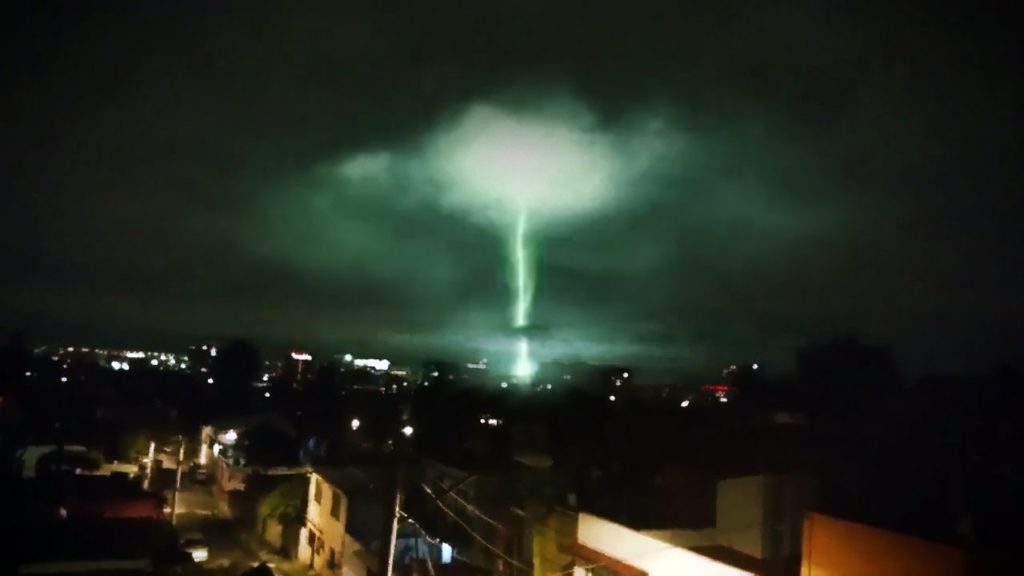
The deep seismic shifting of the earth can cause many strange phenomena. Rolling roadways, liquified soil, and anxious animals are only the tip of the iceberg. Earthquake lights are perhaps one of the rarest and most unusual of these happenings.
What do Earthquake Lights Look Like?
Commonly mistaken for UFOs, earthquake lights can appear in different forms and colours. Blue, ankle-high flames, orbs of light that hover for seconds to minutes, and lightening that leaps up to 600 feet in the air. Earthquake lights are very rare, estimated to appear around 0.5% of earthquakes globally.

What Causes Earthquake Lights?
The bizarre lights are still a mystery, but scientists are honing in on what causes them. For years many guesses emerged. Leading theories included disruptions in the earth’s magnetic field, and something called the piezoelectric effect. The piezoelectric effect describes how quartz-bearing rocks produce voltages when compressed.
Recent studies show that certain types of rocks, most commonly basalt and gabbros, release electricity when stressed. These rocks have minute defects in their structures that can release their charge under pressure from a seismic wave.
Earthquake lights are most common in Italy, Greece, France, Germany, China, and South America.
Can Earthquake Lights Help Predict Earthquakes?
The jury is still out. Teams working on earthquake forecasting are including earthquake lights as a potential indicator for earthquakes. Sightings are not reported reliably enough to make this phenomenon a consistent method of prediction. We hope it will provide valuable insight when combined with other signs.

Earthquake Lights Throughout History
Lights can appear before, during or after the shaking of an earthquake. While researching, scientists combed through many accounts of strange sightings throughout history. Here are a few of the stand-out cases.
· Before the San Francisco quake of 1906 people sighted a faint rainbow of light, and similar lights appeared in 1811-12 in the Missouri earthquakes of New Madrid.
· In our very own Quebec, 11 days before a massive quake, citizens reported a bright pink-purple globe of plasmatic light along the St. Lawrence River. The date was November 12, 1988.
· Ten-centimeter high flames licked along a stone street in L’Aquila Italy in 2009 seconds before an earthquake struck.
· Seven yellow luminous globes appeared in the Yukon territory in the early 1970s and were widely reported as UFOs. Scientists found a correlation between the time of these sightings and a 6.7 magnitude quake nearby.
Historically, earthquake lights were also mistaken for religious signs.
Summary
If you spot strange, unexplained lights in your area, report them to your local geographical authority (usually a museum or university.) The more lights get tracked, the more reliable the data, and the more likely that they can be used in future as a reliable tool to predict earthquakes.

Once that’s done, double check your kit and maybe run through an earthquake drill or two… It never hurts to be prepared!
Thank you for reading!
This article was written by Zenia Platten – Writer and emergency preparedness professional.

